 This past weekend I was working at Samye Ling with Choden and Alan from the Mindfulness Association and Colette from the University of Aberdeen on the first weekend of the Insight meditation course from our MSc in Studies in Mindfulness . I always enjoy this weekend as it involves reconnecting with the MSc students that we got to know last year on the Mindfulness and Compassion course and in particular on our 6 day Year 1 year end retreat last May on Holy Isle. Also, the MSc groups develop great friendships and so it was also an opportunity for them to reconnect after the summer break.
This past weekend I was working at Samye Ling with Choden and Alan from the Mindfulness Association and Colette from the University of Aberdeen on the first weekend of the Insight meditation course from our MSc in Studies in Mindfulness . I always enjoy this weekend as it involves reconnecting with the MSc students that we got to know last year on the Mindfulness and Compassion course and in particular on our 6 day Year 1 year end retreat last May on Holy Isle. Also, the MSc groups develop great friendships and so it was also an opportunity for them to reconnect after the summer break.
With a good foundation of training in Mindfulness and Compassion meditation and with the introduction to Insight meditation we provided at the May retreat, the group were ready to embark on the journey of Insight. This includes two main areas of practice.
The first is to see more deeply into the activity of our subliminal layer of mind, which constantly drives us with its subtle yet persuasive whisperings of our unseen expectations and assumptions, setting into action our unique sets of habits of thought, speech and behaviour. These habits result from our conditioning in this lifetime, but also are a result of the human condition which we are all subject to and which has evolved over many previous generations of our human ancestors.
The second is to learn to do less and less in our practice and to just be. This enables us to be the impartial witness of our unfolding experience. The very act of observing our unskillful habits, without interpreting or interfering in any way, creates the causes and conditions for these habits to wear out like old shoes pounding the pavements, practice after practice, day after day, year after year. If we try to intervene to do something about these habits, we energise them, making them worse. As Rob Nairn says ‘different rules apply in the internal environment of the mind’. As Krishnamurti used to say, ‘The Seeing is the Doing’. As counter-intuitive as this may seem, my own experience certainly bears this out. I ‘See’ something in my Insight practice and any resulting transformation ‘Does’ itself.
However, as my practice develops, my interpretation and interference become more and more subtle and difficult for me to see. This has been happening recently as I have repeatedly had the same experience in my practice and I had been excitedly interpreting it as a sign of progress. When I spoke to my teacher about it, it became clear that I had been conceptualising my practice experience, by imposing my ideas and my concepts on the experience. This was building a wall that was blocking the flow of experience in my practice. This subtle doing was recognisable as a background whispering attempting to explain what was happening. This subtle doing was also all about ‘me’ and ‘my’ experience. As always, in practice and in life, all goes better if ‘I’ gets out of the way and ‘I’ leaves the mind to get on with it. My experience is that the mind knows best without ‘my’ interference.
This was helped by a wonderful practice of resting in the midst led by Choden on Sunday. The key instruction was simply to be with our experience, like a fool resting in the midst of whatever is unfolding. Then when we observe something happening and notice we are interpreting or explaining it to ourselves in some way, we simply remind ourselves ‘I don’t know’. This was an excellent antidote to my habit of wanting to impose concepts on to my experience. When I notice that subtle whisper in the back of my mind saying ‘I wonder if….?’, the reply is ‘I don’t know’. Not knowing creates the conditions for insights to arise of their own accord, but not knowing is also scary as it involves letting go of control and trusting to our deeper wisdom. It creates the conditions for change and transformation, which is always scary to us humans, conditioned to prefer the status quo, however unpleasant it may be!
Insight practice is full of paradox and this one is not lost on me. Rob Nairn’s operational definition of mindfulness is ‘knowing what is happening while it is happening, without preference’. His definition of insight is ‘recognising what is happening while it is happening, without preference.’ Being able to sit in confusion, without understanding what is happening, or sitting with an attitude of ‘I don’t know’, creates the conditions for just being with, for being the impartial observer
So next time you notice a running commentary on your practice or a more subtle sense of wanting to explain what’s happening – just remind yourself ‘I don’t know’. It takes the pressure off and starts to unbuild the wall of conceptualisation, that blocks the smooth flow of our experience and allows meditation to happen – all by itself.
Kind Wishes
Heather
These themes and the resting practice are addressed in more detail in the upcoming book, From Mindfulness to Insight, written by Rob Nairn, Choden and Heather Regan Addis. This book will be published next year by Shambhala with a predicted publication date of 2nd April, 2019. The book is based on our Level 3: Seeing Deeply course and these themes are the focus of our conference next year.
Why not try the practice of Resting in the Midst of it all?
